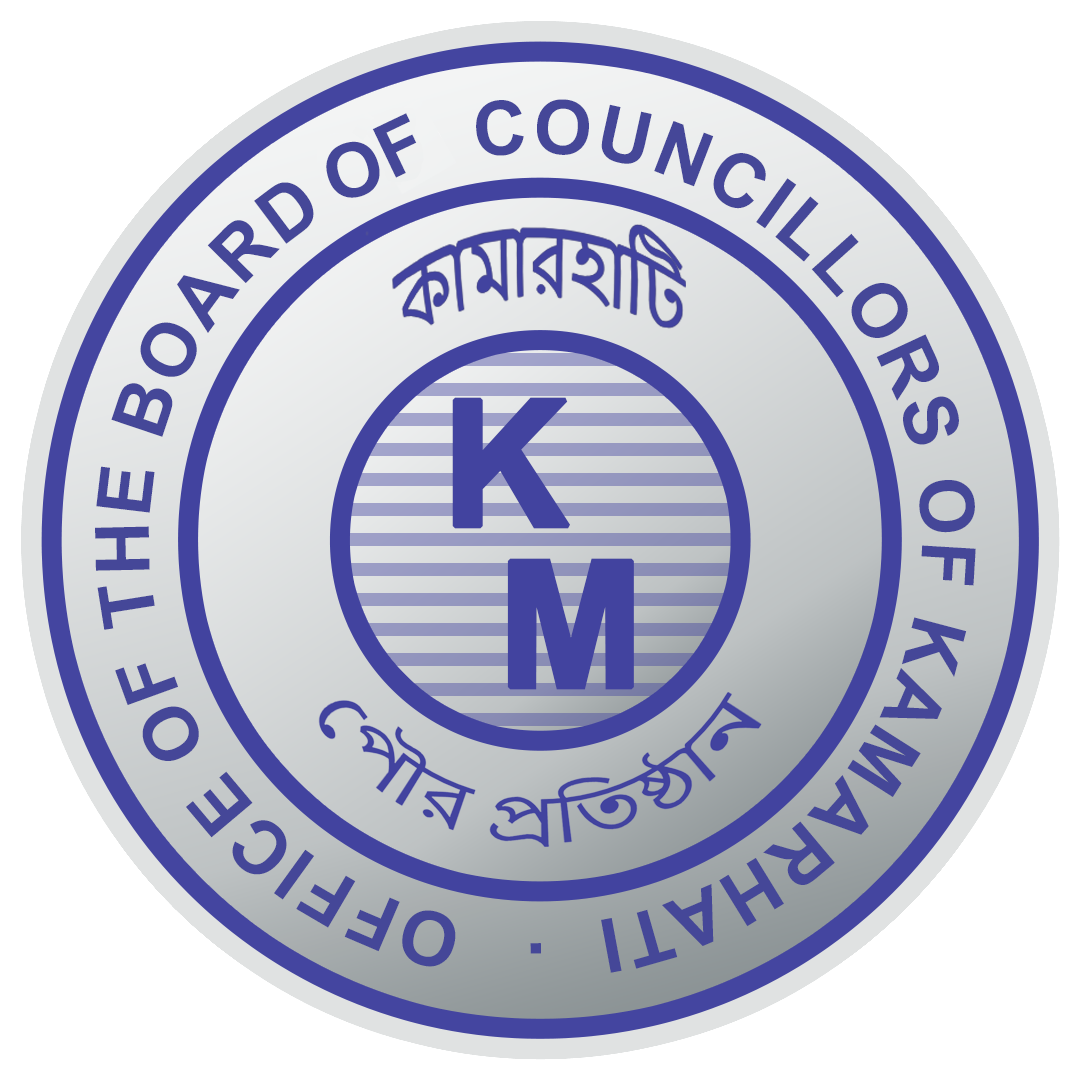Mid day Meal
INTRODUCTION
The condition of Indian children is best described as a permanent humanitarian emergency. According to the National Family Health Survey 1998-99, about half of all Indian children are undernourished. Hunger and undernutrition ruin children’s health, undermine their learning abilities and impair their lives in many other ways. Very few countries have such high levels of child undernutrition. Education statistics are no less alarming. At least 20 per cent of Indian children (in the 6-14 age group) are out of school. This too, impairs their future in many ways. Child labourers are the worst victims. This situation is a gross violation of the fundamental rights of children. Under Article 21 of the Constitution, all Indian children have a fundamental right to life. And as the Supreme Court has made clear on several occasions, the right to life is a right to live with dignity, which includes the right to food and related necessities. Under Article 21A of the Constitution, Indian children are entitled to free and compulsory education from the age of 6 to 14. These rights are also implied by the UN Convention on the Rights of the Child, to which India is a signatory. The well being of children is everyone’s responsibility – not just that of their parents. Indeed, parents alone are not always able to protect their children’s interests, especially when they are weighed down by poverty, illiteracy, poor health and social discrimination. This is one reason why the protection of children’s rights depends crucially on social arrangements, such as universal schooling. These arrangements are typically initiated by the state, but their effectiveness depends in many ways on the involvement of the public at large. For instance, the success of a village school depends a great deal on what the teachers, the parents, the Gram Panchayat and the village community actually do for it. Even the physical presence of a school often requires organised demand from the village community in the first place. The provision of cooked, nutritious midday meals in primary schools is another example of social arrangement geared to the protection of children’s rights. Their primary objective is to promote the right to food and the right to education, but they can also serve many other useful purposes (see below). Today, every child who attends a government or government-assisted primary school is entitled to a nutritious midday meal, as per recent Supreme Court orders. However, this entitlement is far from being realised: the coverage of midday meals is close to universal, but their quality is still very low in most states. Here again, public action is required to ensure that the state fulfils its legal and constitutional obligations. The question-answer dialogue below discusses what can be done to ensure that every Indian child actually gets a free, tasty and nutritious midday meal every day.
The potential benefits of nutritious midday meals are many
- Promoting school participation: Midday meals have big effects on school participation, not just in terms of getting more children enrolled in the registers but also in terms of regular pupil attendance on a daily basis.
- Preventing classroom hunger: Many children reach school on an empty stomach. Even children who have a meal before they leave for school get hungry by afternoon and are not able to concentrate, especially children from families who cannot give them a lunch box or are staying a long distance away from the school. Midday meals can help to overcome this problem by preventing “classroom hunger”.
- Facilitating the healthy growth of children:Midday meals can also act as a regular source of “supplementary nutrition” for children, and facilitate their healthy growth. For instance, midday meals rich in iron can help to prevent “anaemia”, a widespread cause of weakness and poor growth among children.
- Intrinsic educational value: A well-organised midday meal can be used as an opportunity to impart various good habits to children (such as washing one’s hands before and after eating), and to educate them about the importance of clean water, good hygiene and related matters.
- Fostering social equality: Midday meals can help to spread egalitarian values, as children from various social backgrounds learn to sit together and share a common meal. In particular, midday meals can help to break the barriers of caste and class among school children. Appointing cooks from Dalit communities is another way of teaching children to overcome caste prejudices.
- Enhancing gender equity: The gender gap in school participation tends to narrow after midday meals are introduced, as midday meals erode the barriers that prevent girls from going to school. Midday meals also provide a useful source of employment for women, and help to liberate working women from the burden of having to feed children at home during the day. In these and other ways, women and girl children have a special stake in midday meals.
No. of Schools are getting the advantage of Mid-Day-Meal = 88 Nos.
No. of Students -9648
No. of wards covered -34wards(except word no 10)
No. of cookings centre - 28nos.


